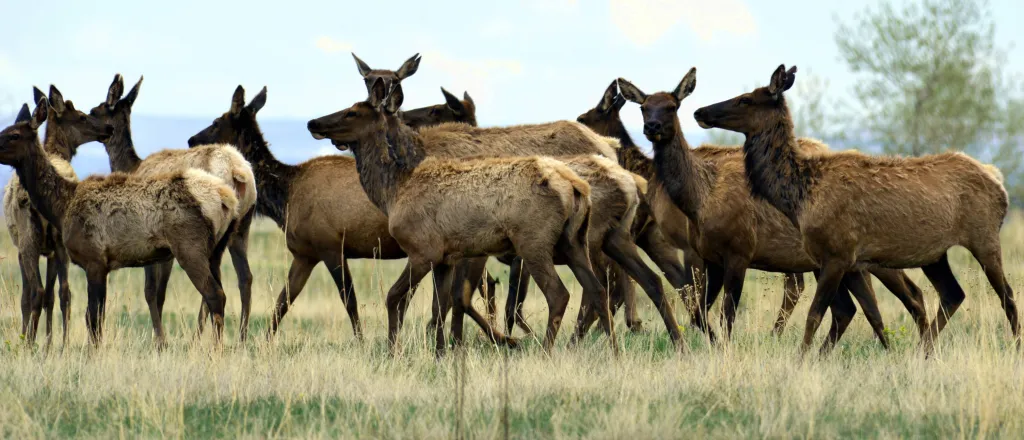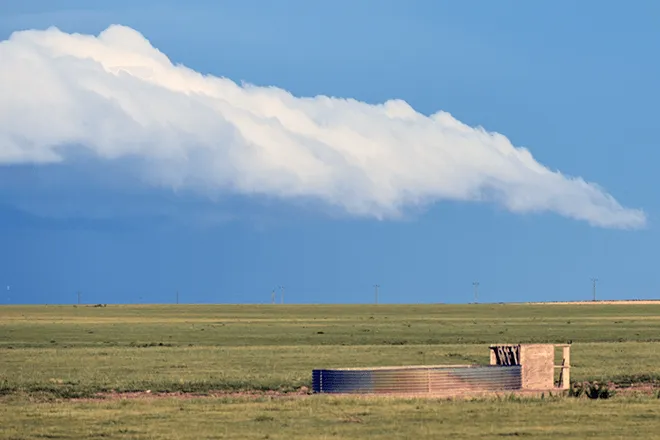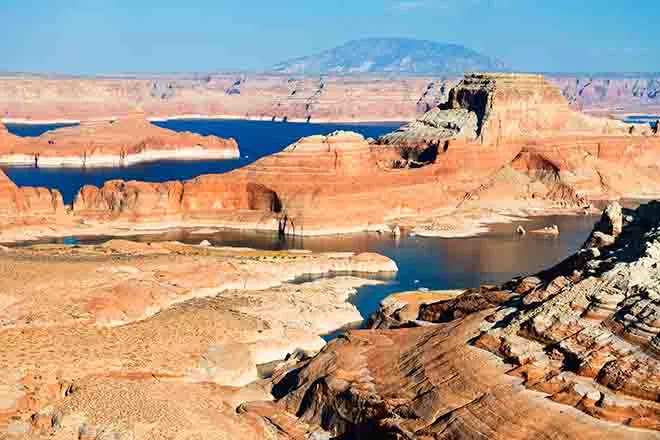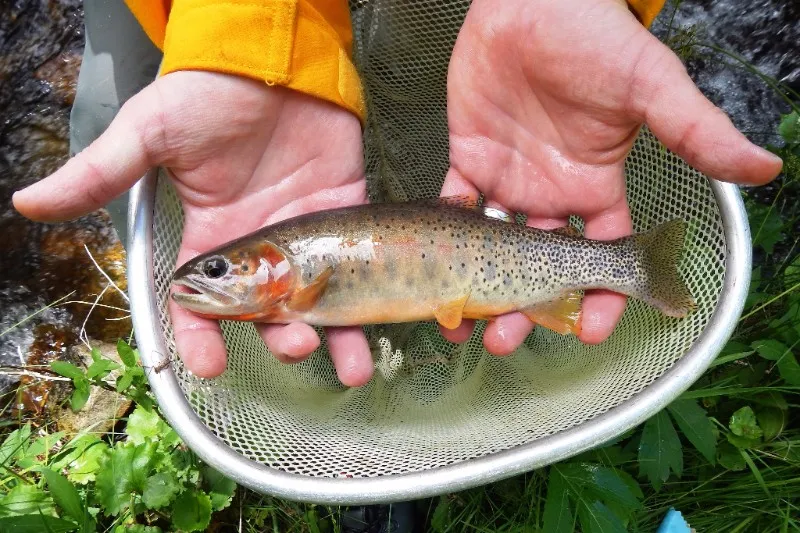
Elk linked to declining mule deer populations
Courtesy USFWS/Ryan Moehring.
(Wyoming News Service) Thriving elk herds are adding to the challenges facing mule deer populations, which have been on the decline for decades across the west, according to emerging research.
Kevin Monteith, professor of natural resource science at the University of Wyoming, said when mule deer live closer to elk it comes at a cost to their fat gain over summer. It is important because the amount of fat female deer enter winter with plays a big role in their ability to survive and produce fawns in springtime.
"So what that means is when there is a fat deficit associated with exposure to elk, then that subsequently is going to have ramifications associated with over winter survival for those deer," Monteith explained. "Because they are not gaining the fat that they would otherwise during the summer."
Mule deer tend to eat in isolation, and when they are forced to compete for forage areas, they are easily bumped away by much larger elk who dine in groups. The number of mule deer in Wyoming has dropped from 578,000 in 1991 to just 300,000 today. Last year, the Wyoming Game and Fish Department launched a five-year mule deer monitoring project to determine the underlying causes of deer loss.
Monteith's research has not yet been formally published, but Game and Fish officials are already working to identify areas to shrink elk herds to give deer some relief. The agency has also proposed removing predators including mountain lions and bears. Monteith pointed out the relationship between predators and deer is highly nuanced, and predators do not always play a dominant role in regulating deer populations.
"That always sounds like an easy fix, and in fact in a lot of systems that is not the fix," Monteith noted. "We can put a lot of resources into doing something like that to yield little to no benefit."
Decades of human activity have disrupted vast tracts of mule deer's historic habitat, including fossil fuel extraction, subdivisions, and vehicle collisions along migration corridors. Monteith admitted elk are not the only challenge facing the iconic species.
"And of course we know there are a lot of other things that have contributed to mule deer decline: changing weather, climate patterns, habitat fragmentation and loss," Monteith outlined.

















